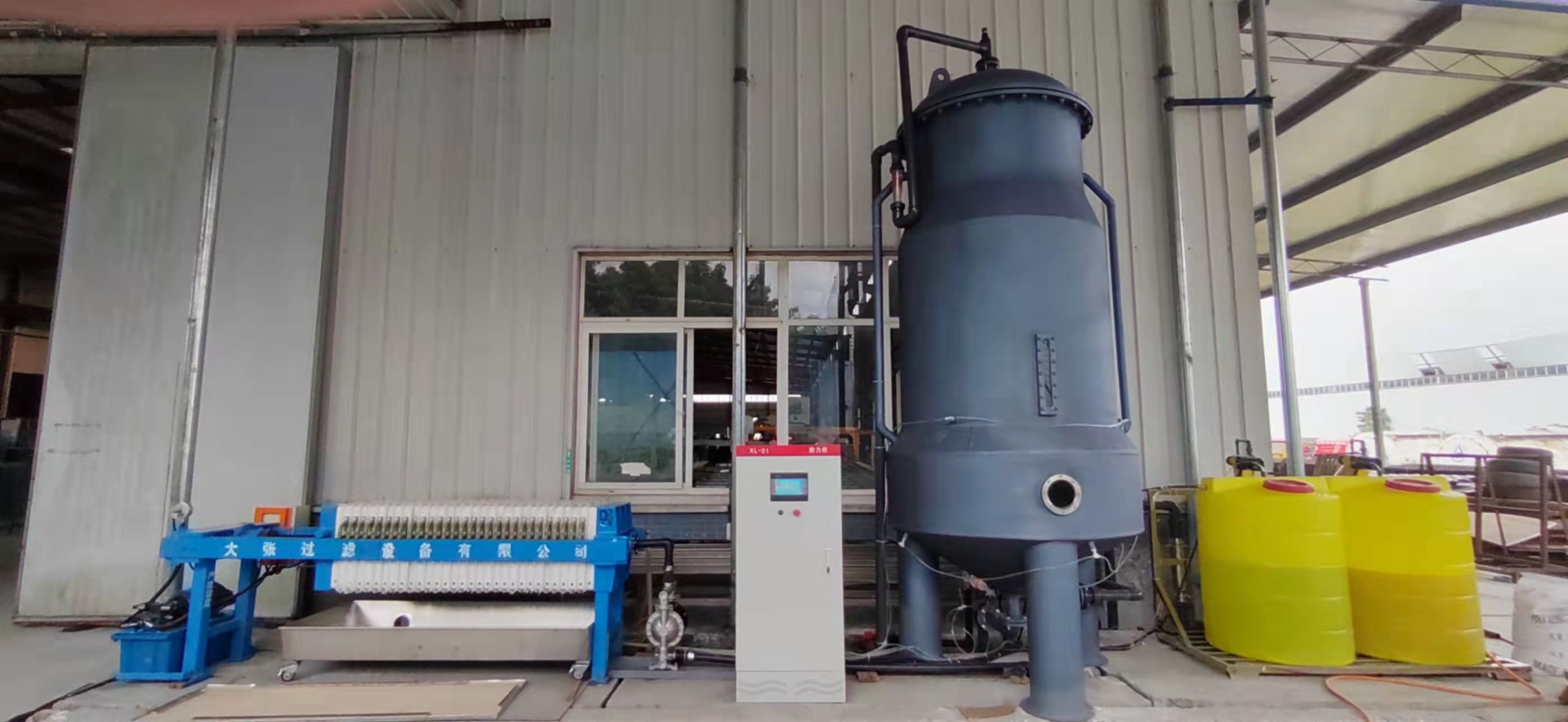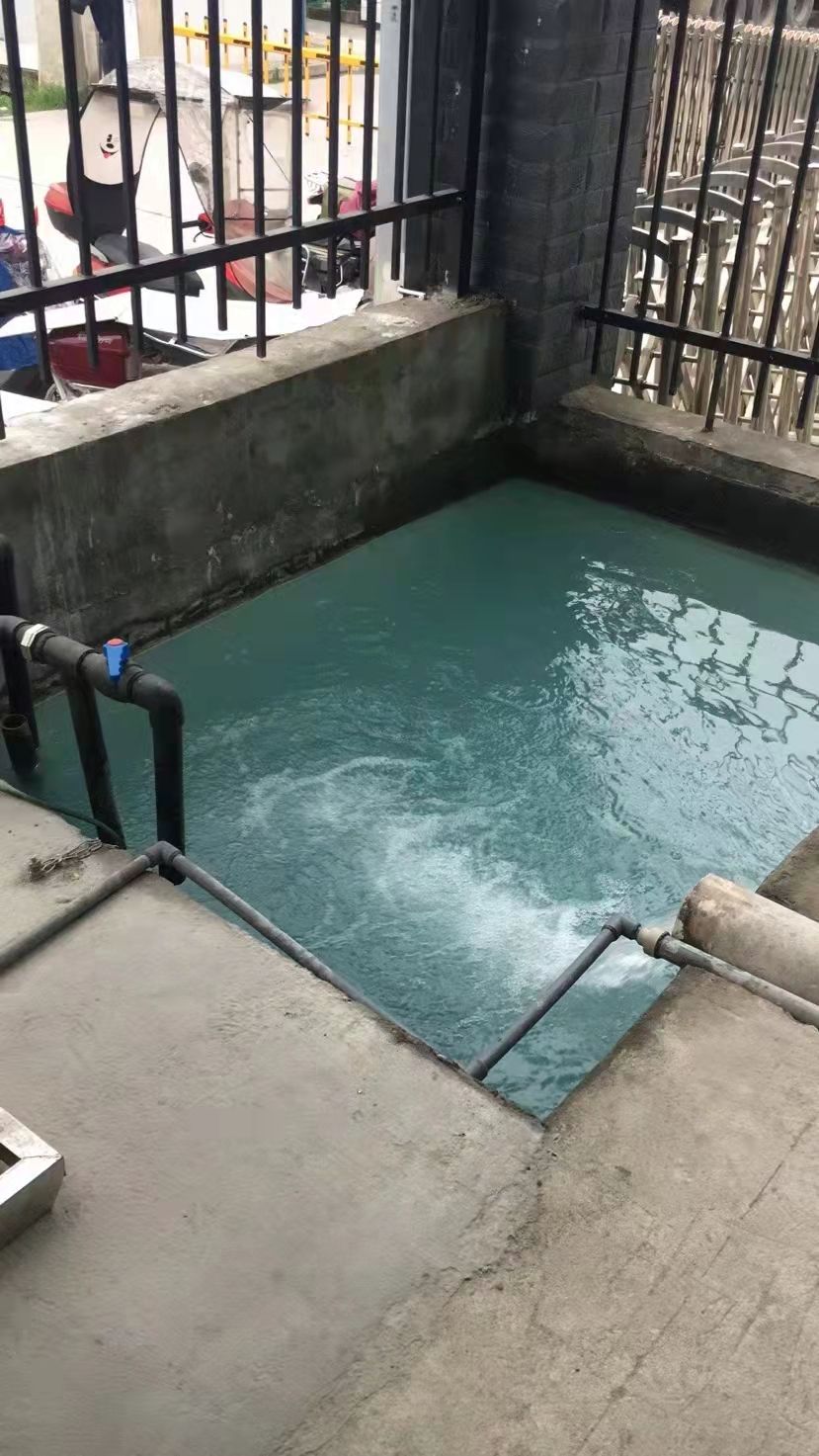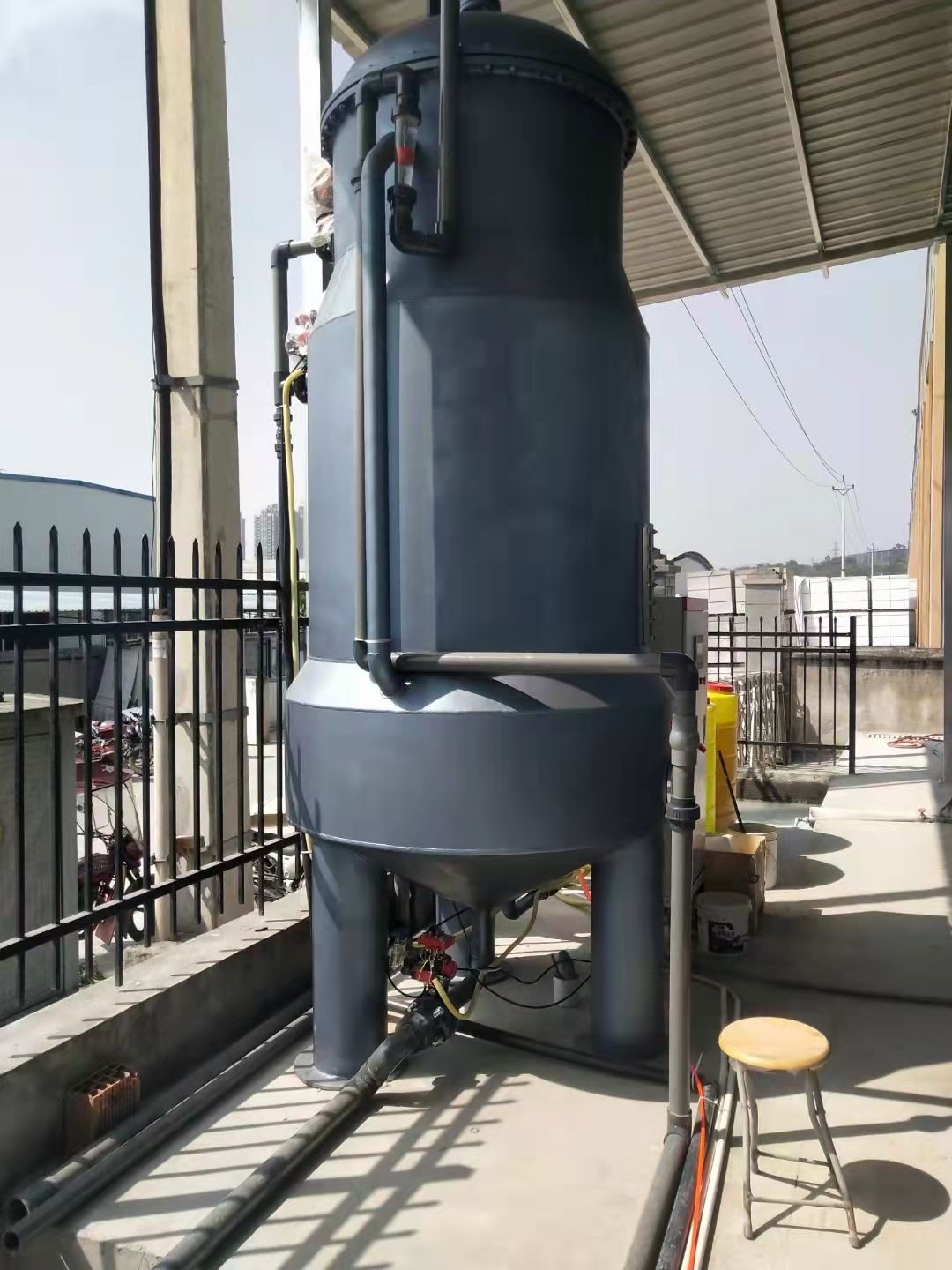Email address: sales@dadglass.com
Telephone: +86 18562877159
Website: www.dadglass.com
Add: NO.61 Hai’er Road, Qingdao,China
What is the Impact of Glass Factory Sewage on the Environment?
Glass factory sewage is a major environmental concern due to the potential contamination of water sources, soil, and air. The manufacturing process of glass releases hazardous substances such as lead, arsenic, and other heavy metals that can be harmful to humans and animals. In addition, glass factory wastewater can also contain high levels of organic matter and suspended solids that can cause an imbalance in the aquatic ecosystem.
Therefore, it is essential to treat this wastewater before it is released into the environment. Wastewater treatment processes are used to reduce the levels of pollutants in the wastewater so that it does not harm the environment. Additionally, recycling glass manufacturing wastewater through various processes like membrane filtration or reverse osmosis can help reduce water consumption and prevent further pollution.
How Can Sewage from Glass Factories be Treated for Reuse?
Sewage from glass factories is a major environmental concern and needs to be treated before it can be reused. The most effective way to treat sewage from glass factories is through effluent recycling, which involves using water remediation methods such as filtration technology, chemical treatment and biological treatment. This process helps to remove contaminants from the wastewater and make it safe for reuse. Furthermore, it also reduces the amount of waste that needs to be disposed of in landfills or other disposal sites. Therefore, proper sewage treatment processes are essential for ensuring that glass factories are able to reduce their environmental impact while still producing quality products.

What Are the Benefits of Using Waste From Glass Factories for Clean Water Production?
With the world becoming increasingly aware of the need to conserve resources, water reuse solutions are a necessity. As glass factories produce large amounts of wastewater, it is important to find ways to treat this wastewater for reuse. In this article, we will explore some sustainable solutions from waste glass factory sewage and discuss eco-friendly wastewater treatment options that can help reduce pollution levels and ensure a more sustainable future.
Exploring Different Technologies Used to Treat Glass Factory Sewage
Wastewater management is an important part of glass factory operations. Advanced oxidation processes (AOPs) are increasingly being used to treat wastewater from glass factories. AOPs involve the use of chemical and physical treatments, such as ozone, ultraviolet radiation, and hydrogen peroxide to break down organic compounds in wastewater. These treatments can help reduce the amount of toxins released into the environment, as well as improve water quality for reuse. This article will explore different technologies used to treat glass factory sewage and discuss their advantages and disadvantages.
How Can We Implement Sustainable Solutions From Waste Glass Factory Sewage?
Glass factories are known for their wastewater production, and it is essential to have effective methods for treating this wastewater. There are numerous technologies available for treating glass factory sewage, and each technology has its own advantages and disadvantages in terms of implementation strategies and sustainability. In this paper, we will explore the different technologies used to treat glass factory sewage and discuss their implementation strategies for waste recycling initiatives as well as sustainable sewer systems.Introduction: What is Sewage Treatment in Glass Factories and How Does it Work? (Keywords: sewage treatment of glass factory, glass factories wastewater treatment, industrial wastewater treatment, wastewater treatment process)


Best Practices for Sewage Treatment in Glass Factories
Glass factories are one of the biggest contributors to water pollution, as a result of the effluent generated by their manufacturing processes. To protect our environment and ensure that our water resources remain safe, it is important to implement best practices for sewage treatment in glass factories. This includes implementing an effluent treatment process that is tailored to the specific needs of each factory, and using water reuse systems to reduce the amount of wastewater discharged from the factory. By following these best practices, glass factories can ensure that their wastewater is treated properly and does not cause any harm to our environment.
Techniques & Technologies Used to Treat Wastewater from Glass Factories
The wastewater generated from glass factories is a serious environmental concern and requires proper treatment to meet effluent water quality standards. To achieve this, different techniques and technologies are used to treat the wastewater from glass factories. These include advanced water treatment systems, chemical treatments, biological treatments, physical treatments and desalination processes.
By using these techniques and technologies, glass factories can reduce the amount of pollutants in their wastewater and make sure that it meets the effluent water quality standards set by their local regulatory bodies. This will help them protect the environment by reducing the amount of pollutants entering our rivers and oceans.
The wastewater treatment device is becoming increasingly popular for businesses looking to save water and reduce waste. By using the machine, businesses can treat their waste water more efficiently and effectively, reducing the amount of water used in production processes. Additionally, the use of this machine can also help businesses save money on their water bills by reducing the amount of water used in production processes. With its ability to treat waste water more efficiently and effectively, a glass edging machine is an ideal solution for businesses looking to save money on their water bills while also reducing waste.